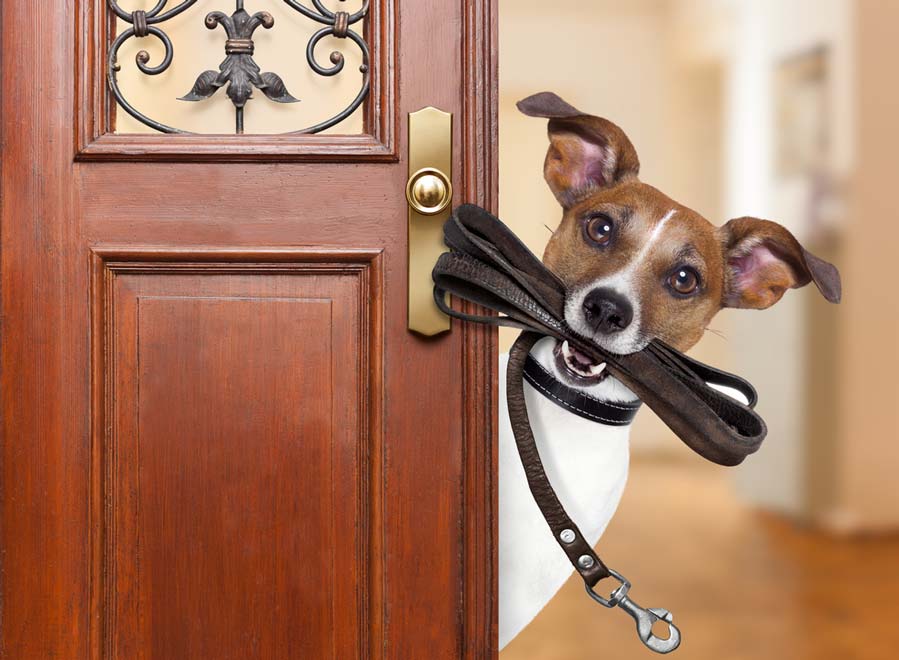- Home
- Leash Walking Your Dog: Basic Tips and Benefits

Leash Walking Your Dog: Basic Tips and Benefits

Walking your dog is not only healthy for her body, but it's also good for her mental health. Even if you have a big yard for her to run in, it's important for her to be able to see and smell new things regularly. Not only that, but leash walking your dog allows you to get exercise and exposure to new things, too, and it helps bond the two of you. Here are some tips for creating great leash walking memories with your dog.
Training Is Crucial
Your dog needs to learn how to have manners on the leash. This is really non-negotiable because a dog that pulls, yanks, or doesn't respect the leash is a danger to herself, you, and others that she comes across on walks. She could pull you into a dangerous situation, get away from you and escape, bound up to another dog that doesn't like other dogs and wants to fight, or run up to a person who doesn't like dogs and becomes afraid or angry.
Teach your dog to walk on a leash without pulling. The main trick for doing this is: every time your dog pulls on the leash, stop and become unmoving. Do not pull back on the leash; just stop. Your dog will learn quickly that pulling equals stopping, and that's not what she wants to do. However, if you are constantly pulling back on the leash, she will associate the feeling of leash-tugging with walking, and that's sending the wrong message entirely.
Always Keep Safety in Mind
While walking your dog, always consider the weather and walking conditions. If it's very cold or very hot, shorten your walks, so your dog doesn't get overheated or too cold. Consider booties and sweaters for cold weather. Don't walk your dog on hot asphalt, which can burn her paw pads. If walkways are slippery, consider using dog booties to help her maintain her footing, and walk more slowly.
Don't text or look at your cell phone while walking your dog. You need to be paying attention at all times, so you can react quickly if you need to. For instance, if your dog suddenly sees something that she finds interesting, you need to be ready to hold the leash tightly in case she tries to chase it.
Keep ID on Your Dog at All Times
Having your dog microchipped is a great idea. That way, if she's ever lost and picked up by an organization that scans her, you can be reunited quickly. But it's also crucial to keep visible ID on her, too, with your current contact information. That way, if someone who doesn't have a microchip scanner finds her, you can be reunited faster.
Check with Your Veterinarian Routinely
Before you begin a walking regimen with your dog, check with your veterinarian to determine how far it's safe for her to walk and how often. As your dog ages or her medical condition changes, you might have to adjust your walking schedule. Still, even elderly dogs with joint problems benefit tremendously from walks; you just have to take care that you know how far to go.
Use Good Equipment
Replace your dog's collar and leash if they begin to fray or the buckles loosen. Check them routinely, so you don't run into a situation where one of them breaks and your dog escapes. We like Mendota collars and leashes.

 Loading... Please wait...
Loading... Please wait...




